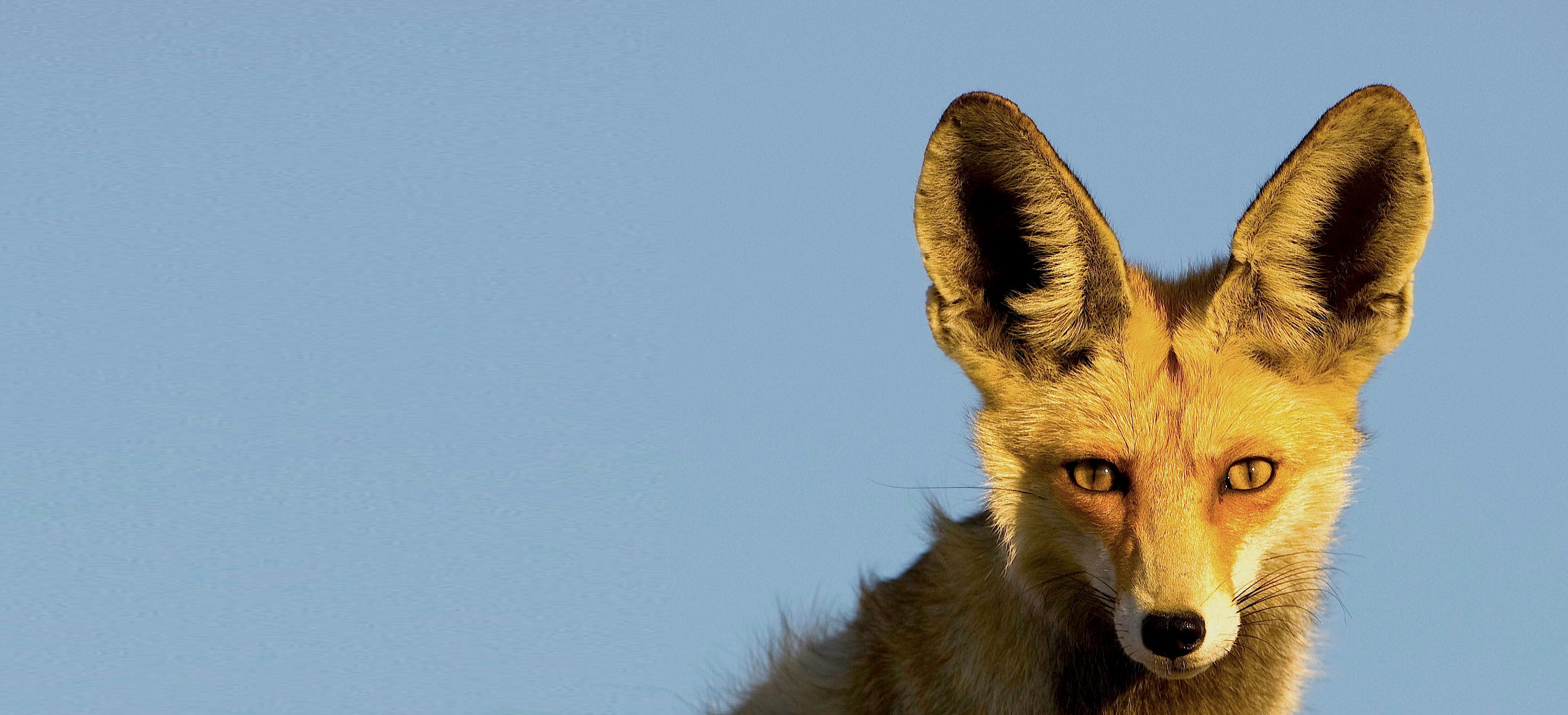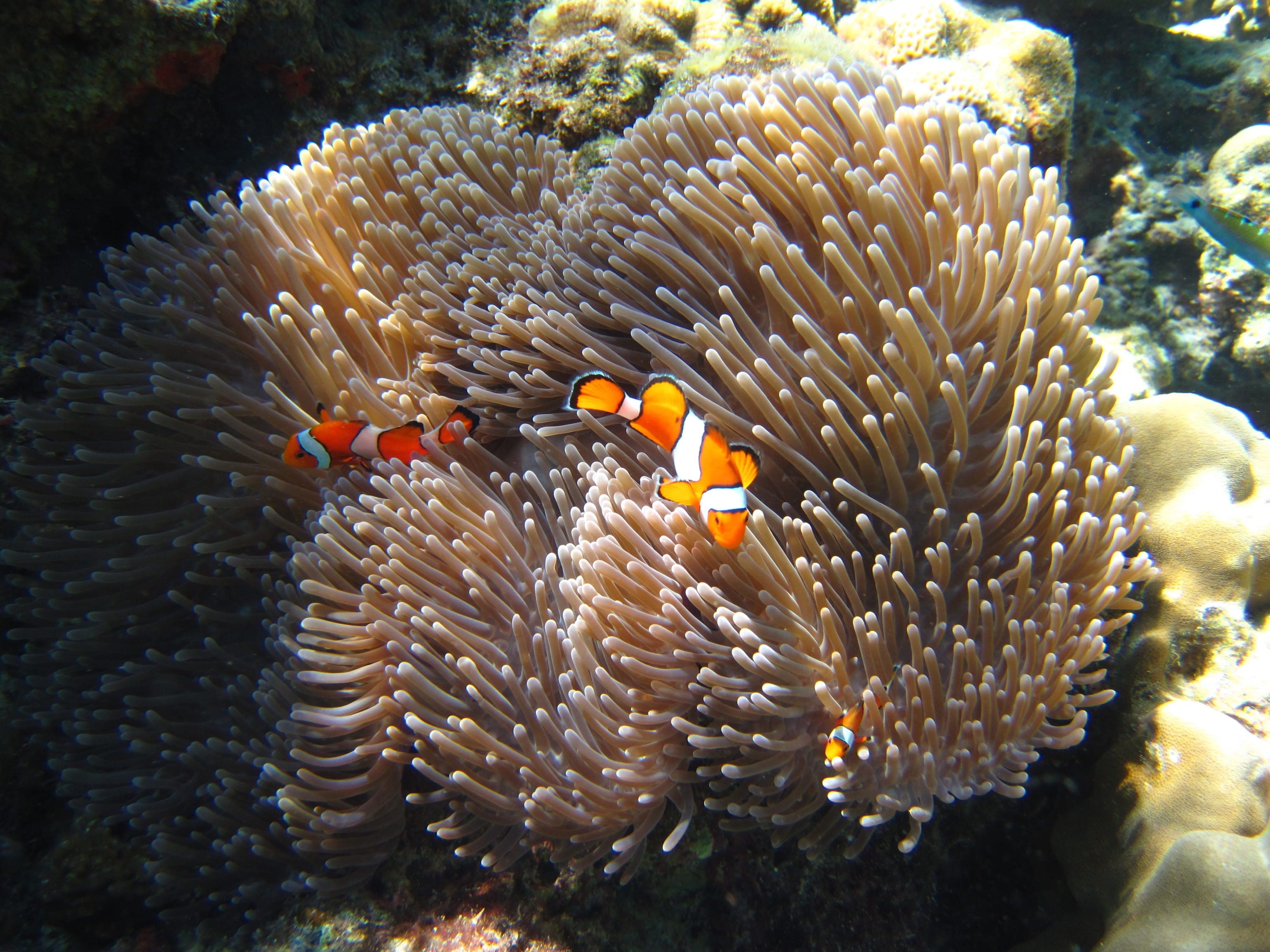Protecting some of the favourite pitstops of Saudi Arabia’s migrating birds
Many of Aramco’s Biodiversity Protection Areas across Saudi Arabia serve as vital rest stops for an impressive array of migrating birds.
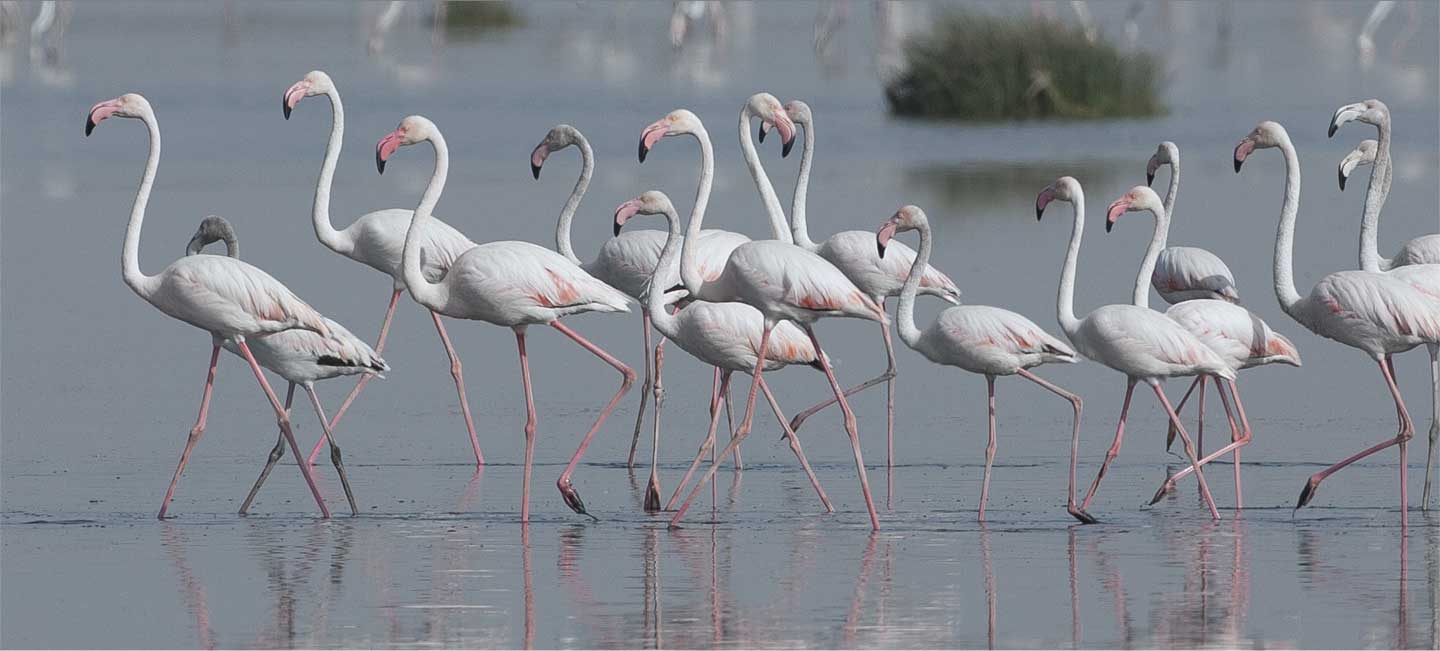
- Located on the great ‘global migration flyway’ between Eurasia and east Africa, Saudi Arabia’s oases, lagoons, shrublands, and vegetated wadis are ideal places for migrating birds to rest, refuel, and recuperate
- But these precious pitstops are increasingly threatened by livestock grazing, unrestricted off-road driving, hunting, intensive agriculture, urbanization, and climate change
- To help migrating birds on their way, Aramco is expanding our extensive work to protect and rehabilitate wetlands and other ecosystems on our lands
As many as 300 species and three billion individual birds cross Saudi Arabia every spring and autumn, as they migrate between their breeding grounds in Eurasia and wintering grounds in east Africa.
Saudi’s array of aquatic habitats — ranging from desert oases to coastal lagoons, reedbeds, and wadis that flow only after rains — make it a magnet for these migrating birds. Birds rely on these watery habitats for nesting, drinking, feeding, and sheltering, which is why Aramco places the biodiversity protection program at the core of our environmental protection priorities.
Locals on the look-out
During migration periods, Saudi Arabia’s growing band of birdwatchers can be seen out and about from dawn to dusk, binoculars at the ready. Twice a year, on Global Migratory Bird Days held in May and October, they log the species they see. These sightings are uploaded to eBird, which collates the work of the more than 30,000 amateur ornithologists worldwide who take part.
Saudi birders are becoming enthusiastic participants in these global migratory bird days. In 2021’s Big Day of Birding, for example, those taking part in Saudi Arabia reported collectively spotting 221 different species, including 16 species entirely unique to their reporting efforts.
Flying visits
Ensuring native bird species are conserved is vital work. But Saudi Arabia’s importance in ornithology stems from a number of attributes, including its coastal areas (e.g. islands, intertidal zones) that support many sea and shore birds, its highly-specialised habitats such as deserts, and its strategic location between East Africa and Eurasia.
Migratory birds passing through Saudi Arabia are often at their most vulnerable. For the birds, these migrations are exhausting. Many lose up to 50% of their body mass, making them vulnerable to any changes in their environment. The willow warbler migrates approximately 24,000 km over the course of just six months, yet weighs as little as three teaspoons of water when it sets off. And the magnificent demoiselle cranes, which travel over Saudi Arabia in flocks, flying in V-formation to reduce air resistance, can cover 200 km a day.
Staging posts in Saudi’s hills or wetlands can help them survive and arrive at their far-off breeding grounds in good condition. The southern corniche around Jeddah is a regular stop for many migrating gulls, terns and waders voyaging from Arctic regions and Europe. In the nearby inland scrub, birders have spotted hoopoes, bee-eaters, shrikes and pipits, among a host of migratory species.
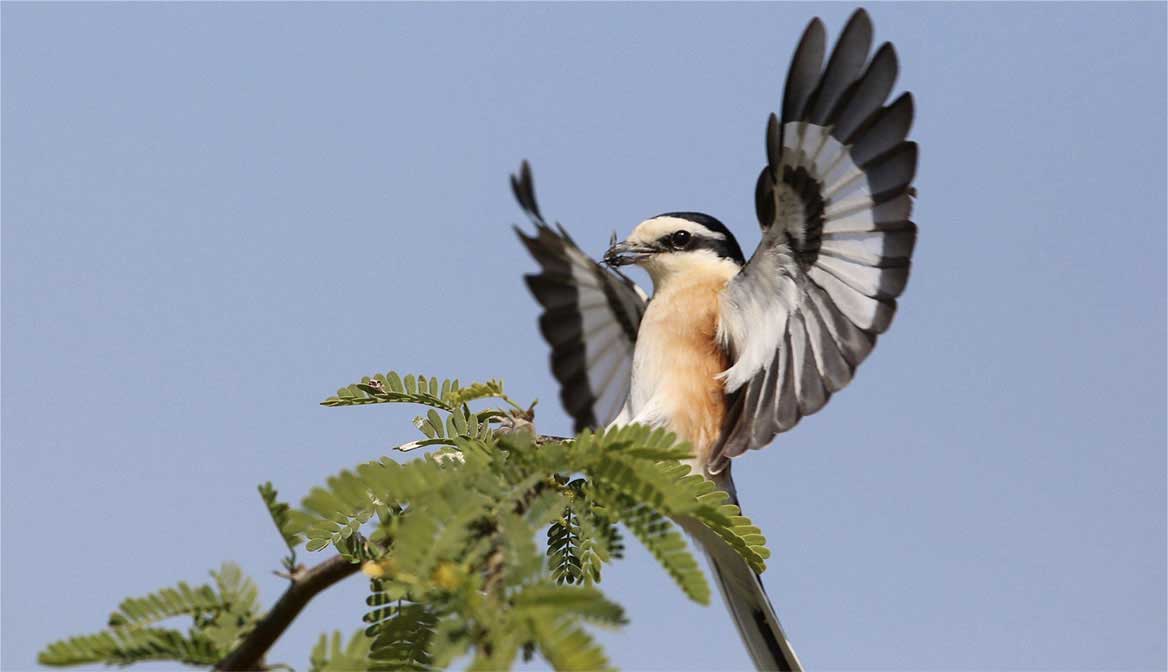
Masked shrike
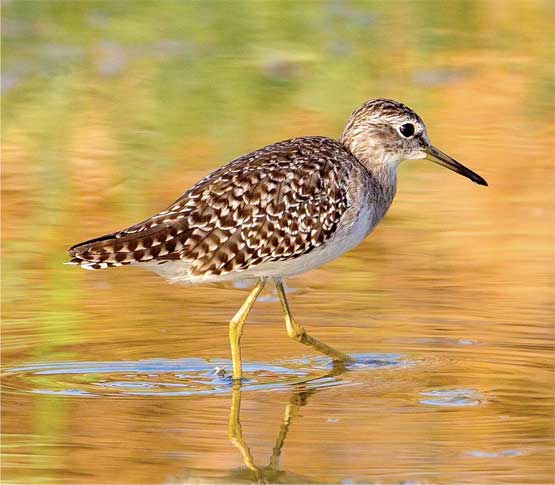
Wetlands under threat
Research shows that 21% of the world’s wetland areas have been destroyed since the 1700s. Freshwater biodiversity has also declined, leading to a sharp fall in the numbers of migratory birds. In the U.S. and Canada alone, bird populations are estimated to have fallen by 2.9 billion since 1970.
Similar declines have occurred in Saudi Arabia, where coastal mangroves have been removed in recent decades, and threats to migratory birds include habitat degradation, overgrazing of native vegetation by livestock, disturbance of feeding and roosting areas, urban development, and hunting.
Protecting and restoring wetlands has therefore become a vital endeavour in the Kingdom, as it has elsewhere in the world, and Aramco has increasingly played a necessary role in helping to protect and restore habitats in its areas of operation.
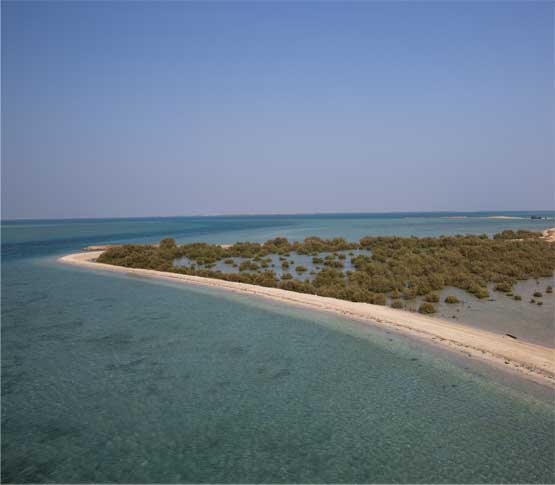
Making protection a priority
The company has observed that the secure areas around its production and storage facilities allow local plants, animals, and birds to live relatively undisturbed. This is why, in recent years, we have launched a series of programs designed to monitor, restore, and sometimes repopulate these habitats. We have also been working to restore local mangrove forests, which not only shelter populations of fish, shrimp, and birds, but also sequester carbon. And we are developing a number of wetland initiatives that include identifying, prioritizing, restoring, and protecting natural wetlands found on Aramco land.
To date, Aramco has designated 14 Biodiversity Protection Areas (BPAs). Together they protect over 560 recorded species of plants and animals. These BPAs include Abu Ali, an area in the Gulf coast lowlands, where many birds migrating along the Gulf come to rest and forage. Some of the priority species recorded in this BPA include the globally Near Threatened migratory shorebird, the Eurasian Curlew, and the globally Vulnerable European turtle dove, a species impacted by hunting.
Healthy habitats
In keeping with a nationwide effort to conserve and restore ecological diversity and habitats, and recognising the global importance of helping migrating birds survive their epic journeys, Aramco is continuing to expand and develop our conservation efforts. This will include identifying, designating and managing more BPAs in Aramco’s areas of operation, conducting more research and data analysis on bird and habitat relationships, and raising awareness of a range of conservation issues with employees and contractors.
As well as helping sustain Saudi Arabia’s own remarkable avian diversity, this ongoing work brings great pleasure to nature-loving-locals, and of course to the dedicated birders found crouched on the fringes of conservation areas all across Saudi Arabia.
More from Elements magazine
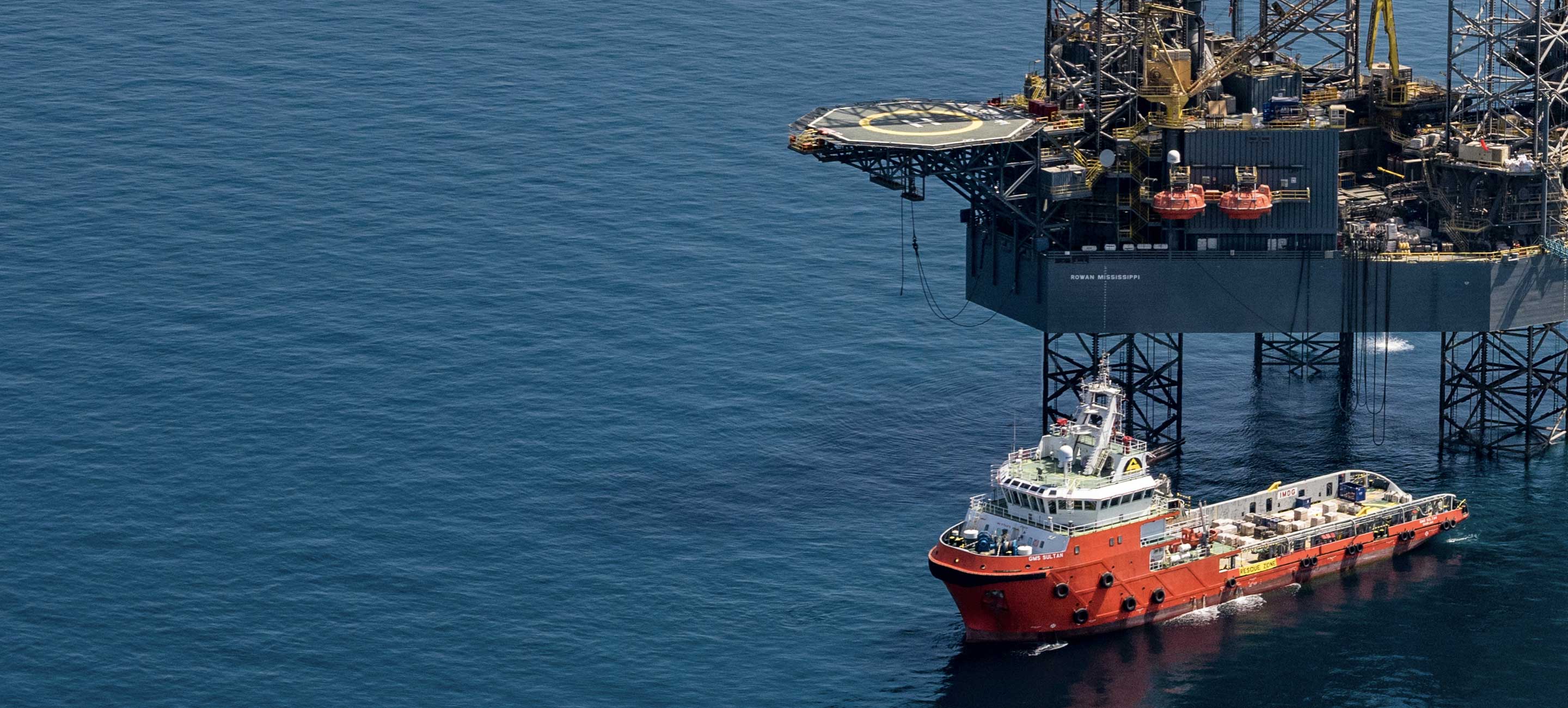
A deep dive into Aramco’s ocean data
